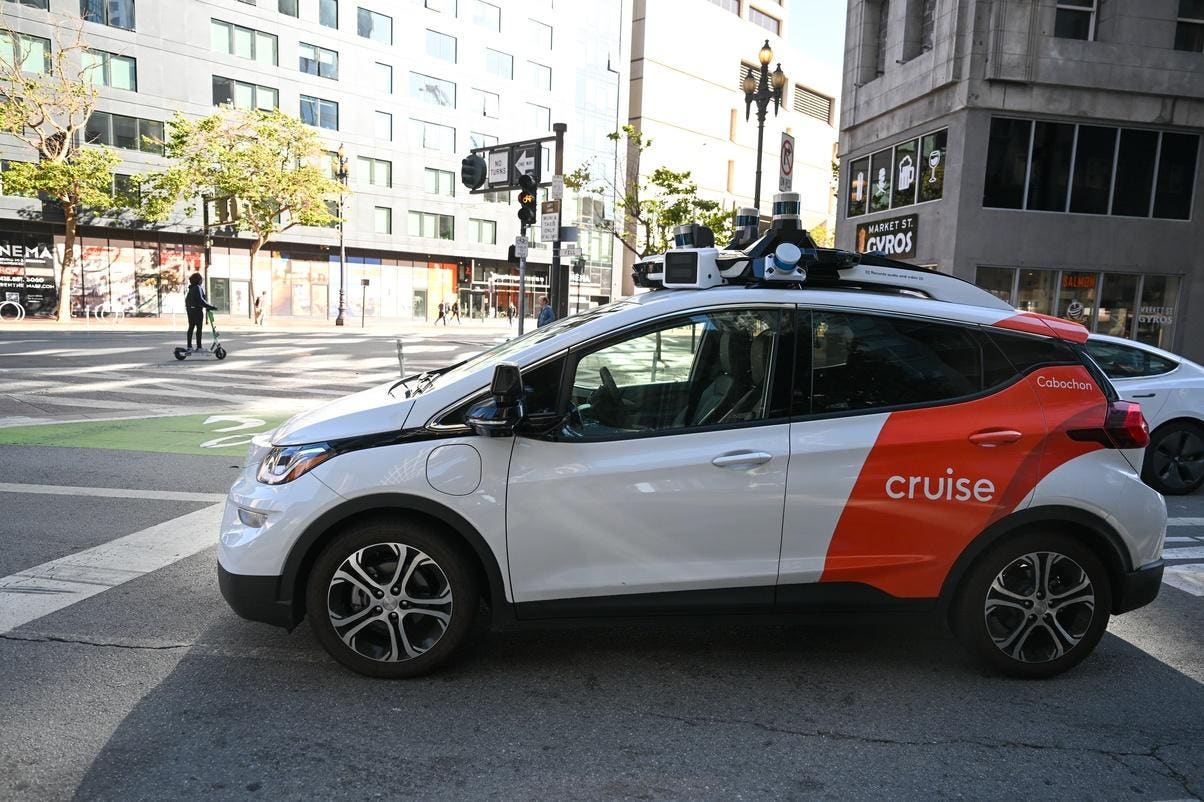The California Department of Motor Vehicles has yanked Cruise’s permits to operate its autonomous vehicles across the Golden State, citing the agency’s determination that its vehicles are “not safe for the public’s operation” and that the cars pose “an unreasonable risk to the public,” among other reasons.
In a brief statement, the DMV added that it had informed the General Motors subsidiary what steps it needed “to apply to reinstate its suspended permits,” but did not explain what those precisely entail.
Cruise, which did not immediately respond to Forbes’ request for comment, has been under pressure from local authorities to do a better job of interacting with first responders and pedestrians. This month, the company said it would modify its response times to detect emergency vehicles earlier.
Since the California Public Utilities Commission’s August decision to allow Cruise and its primary rival, Waymo, to offer paid services 24 hours a day in San Francisco, Cruise cars in particular have been involved in a number of incidents.
These include: seemingly not yielding to a fire truck en route to an emergency, getting stuck in wet concrete, causing a traffic jam at a local music festival and, according to the San Francisco Fire Department, even briefly preventing an ambulance from leaving the scene of a different crash where the victim ultimately died after being brought to a hospital. (The SFFD said in a statement that the agency did not “[attribute] this pedestrian death to Cruise AVs.”)
San Francisco Supervisor Aaron Peskin, who has been a critic of the company’s practices in his city, told Forbes by text message that the suspension was “better late than never.”“San Francisco has long held that Cruise vehicles were not ready for prime time and the state should have never allowed their unlimited deployment in the first place,” he added.
For now, Cruise only operates in San Francisco, Austin, and Phoenix, but is currently testing in at least 10 other U.S. cities, including San Diego and Nashville.
This story is developing. Please check back for updates.
Read the full article here





